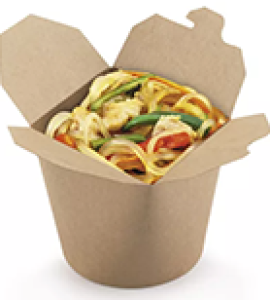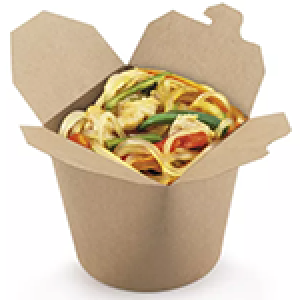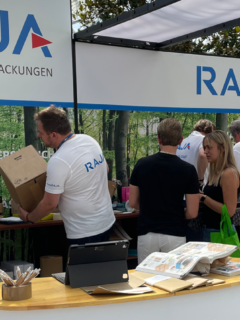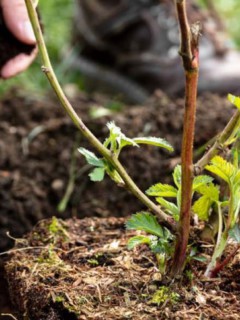Whoever first came up with the idea of wrapping gifts artistically was undoubtedly a genius. At the same time, he or she established a tradition that still shapes our gift culture today – and not only for aesthetic reasons.
How can you recognise a gift?
If we were to go out on the street right now and start an impromptu poll of passers-by, “How do you recognise a gift?” The most frequently mentioned answer would be, any bet:
And this is not because we are already approaching Advent again. Rather, wrapping and unwrapping is such an elementary part of our – watch out! – Gift culture that we even have the feeling that something is only a real present when it is also nicely wrapped.
It’s the packaging that makes the gift
This is remarkable – although not entirely surprising. In any case, there are good reasons for wrapping presents – and they are both psychological and aesthetic. Because, hand on heart, what we give as a gift is often neither unique nor particularly original – even if we have chosen it with (hopefully) a lot of love and thought. But what can make a gift unique in any case is original and loving packaging. It not only underlines the emotional and idealistic value of our gift, but also provides for: Excitement!
Increase the anticipation for the gift with packaging
Basically a rather banal psychological trick: unwrapping creates a mini-dramaturgy with its own suspense curve and element of surprise. Only a spoilsport or unimaginative philistine would deny us this additional pleasure and simply put his presents naked and unwrapped: “There. For you.”
Especially since we can really draw from the full today: There are practically no limits to our imagination and our love of packaging. Just one look at our gift packaging range at RAJA shows that. And every year we add new great packaging ideas…
Personality and the psychology of aesthetics
Culturally and historically, packaging is always a statement: we show our personality and thus also what we can afford. As early as the beginning of the 2nd century, for example, it was customary among wealthy Chinese to wrap gifts in paper – a very precious product at the time. It was the birth of today’s wrapping paper: from the Middle Kingdom, the technique of papermaking migrated via Japan to Arabia in the 7th century and about 600 years later to Europe.
Until the 19th century, colourful and florally decorated wrapping paper nevertheless remained largely the preserve of the upper classes. It was not until modern printing technology made colourful paper affordable for the masses from the beginning of the 20th century. With the invention of plastic adhesive strips in 1930, there was finally no stopping them. The increasing prosperity during the years of the economic miracle boosted the demand for wrapping paper rapidly. Today, the European market leader Zöwie – founded in 1943 – launches around 320 new designs on the market every year.
















